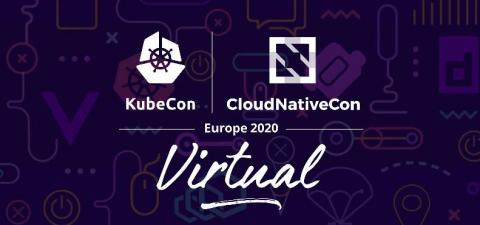Guide: Upgrading EKS with Terraform
New Kubernetes versions are released multiple times per year, and you must upgrade your EKS cluster periodically to stay up to date. In this blog post we will go over the steps required to safely upgrade your production EKS cluster managed by Terraform. At Blue Matador, we use Terraform to manage most of our AWS infrastructure, and our EKS cluster is no exception. We use the eks module, which provides a lot of functionality for managing your EKS cluster and worker nodes.











